
OR
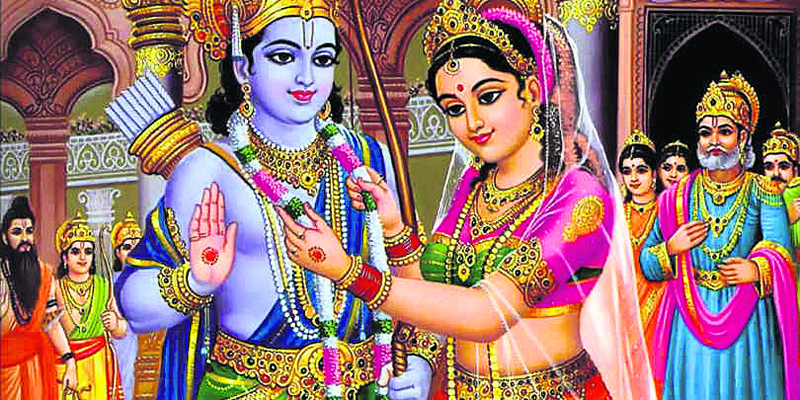
It might not be difficult to attract up to one percent of India’s 1.21 billion people to Janakpur and Ayodhya via the proposed Janaki-Ram Marg
As per the epic Ramayan, no two cities are as closely bound as Janakpur and Ayodhya, be it socially, culturally or spiritually. Janakpur is the birthplace of Goddess Sita and Ayodhya is the birthplace of Lord Ram. The Hindus believe Sita is an incarnation of Goddess Laxmi and Ram an incarnation of God Vishnu. As such, no place on this earth is as sacred for the Hindus as Janakpur and Ayodhya.
Relations between Janakpur and Ayodhya date back to Treta Yuga, some 10,000 years ago. At that time, Janakpur, the capital of ancient Mithila state, was ruled by Siradhwaj Janak, father of Sita; while Ayodhya, the capital of Awadh state, was ruled by King Dasarath, the father of Ram.
During the swyambar organized by King Janak, Ram easily broke the Pinak Dhanush (bow), which no other persons could move even by an inch. For this bravery King Janak decided to marry off his daughter, Sita, to Ram. The new couple then went to Ayodhya where they later became queen and king and ruled the state for a long time.
Both Sita and Ram are regarded as ideals for the Hindus all over the world. Each Hindu recites their names to achieve enlightenment and liberation. For the past 10,000 years, no other figure on earth has made such impact on life of the people, particularly in the Indian sub-continent, as have Sita and Ram. Therefore, each parent wants their son to be like Ram and daughter to be like Sita.
Today, Sita-Ram temples are not only conspicuous in South Asian countries, including in Nepal and India, but all over the world. Apart from Asia, Sita and Ram are worshipped in most parts of US, Europe, Australia and Africa.
Hindus from all over the world come to Janakpur and Ayodhya to pay their homage to Sita-Ram. Recently, Indian President Pranab Mukharjee also paid his homage to Goddess Sita at Janakpur. Before this Indian Prime Minister Narendra Modi wanted to visit Janakpur in November 2014 for this purpose, which unfortunately could not materialize.
Yet, it is an irony that Janakpur is as neglected in terms of its development in Nepal as Ayodhya is neglected in India. Even after the political change in Nepal in 1951 and India’s independence in 1947, no serious effort was made in either country for the development of these two holy cities.
It was only after 67 years of India’s independence that Indian Prime Minister Modi realized the importance of developing linkages between Janakpur and Ayodhya. Therefore, during his second visit to Nepal in November 2014, an agreement was signed between Nepal and India for the development of Janakpur and Ayodhya as twin cities, apart from the agreements for developing Kathmandu and Varanasi, as well as Lumbini and Bodh Gaya, as twin cities.
Subsequently, on January 20, 2015 Indian Union Minister Nitin Gadkari made an announcement that ‘Ram-Janki Marg’ would be built at the cost of InRs 2,000 crores to facilitate links between Janakpur and Ayodhya. Presently, the driving distance between Janakpur and Ayodhya through the National Highway 27 is around 522 km and it takes 9 to 10 hours to cover this distance.
In Nepal, Janakpur lies southeast of Kathmandu at a distance of some 227 km and it takes 6 to 7 hours of drive to cover this distance through the hill and plain terrains of BP Highway. The driving distance from Kathmandu to Janakpur through Narayanghat-Mugling Highway is 387 km and it takes nearly 9 hours to cover it. Also, Janakpur is connected to Kathmandu by a 25-minute flight.
There are different routes through which one can reach Janakpur from India. Janakpur is located at a distance of 14 km from the Nepal-India border and Jaynagar is the nearest railway station in India from Janakpur, at the distance of 32 km. Nepal Railway connects Janakpur and Jaynagar but this rail link is currently closed for repairs.
One can also travel to Janakpur from Darbhanga (Bihar, India). The distance between them is 87 km and it takes nearly 3 hours to cover it. By road, one can also drive from Patna (Bihar, India) to Janakpur via Sitamarhi, a 210-km distance that takes nearly 6 hours to cover.
With regard to Ayodhya, it is in Faizabad district of Uttar Pradesh in northern India. It is well connected by National Highway and by rail networks to different Indian cities. Lucknow, the capital of Uttar Pradesh, is 135 km from Ayodhya; while Gorakhpur is at the distance of 145 km and Varanasi at 210 km from Ayodhya.
It would be wonderful if the Ram-Janaki Marg, as envisaged by Union Minister Gadkari, could be constructed along the trail Sita and Ram used to go to Ayodhya after their marriage. If this can be done, many spots on this route could be developed as attractions for religious tourists.
It might not be difficult to attract one percent of India’s 1.21 billion population to Janakpur and Ayodhya if there is good publicity of this ‘Janaki-Ram Marg’ and adequate infrastructure is developed for this purpose at the holy cities. In this context, the development of Janakpur and Ayodhya as twin cities is of utmost importance.
Sita and Ram, in fact, are symbols of ‘Prakriti’ and ‘Purusha,’ and the two as such as are inseparable. Hence while developing Janakpur, an equal effort need to be made for the development of Ayodhya. Understanding this, the Queen Vrisha Bhanu of Tikamgarh in Madhya Pradesh had built twin temples: ‘Janaki Mandir’ in Janakpur in 1910 and ‘Kanak Bhawan’ in Ayodhya at around the same time.
However, no information is available on any activities for the construction of ‘Ram Janaki Marg’ or developing Janakpur and Ayodhya as twin cities. Therefore, a few eminent persons from civil societies of Nepal and India, including this author, met at Dr. Rajendra Bhawan Trust in New Delhi on January 24, 2017 with the goal of putting pressure on the governments of Nepal and India to execute the projects without any further delay.
These projects will not only open up new spiritual centers and attract more and more people to Janakpur and Ayodhya. It will also encourage business activities and create new employment opportunities in this region.
For a start, how about connecting Janakpur with Ayodhya through bus service? Once the Nepal Railway repair works on the Janakpur-Jaynagar sector is complete, India and Nepal governments could also join hands to run a direct express train between these two holy cities. The more the connectivity between Janakpur and Ayodhya, the greater would be the height that Nepal-India relations can reach.
The author is Executive Director of Center for Economic and Technical Studies in Kathmandu
You May Like This
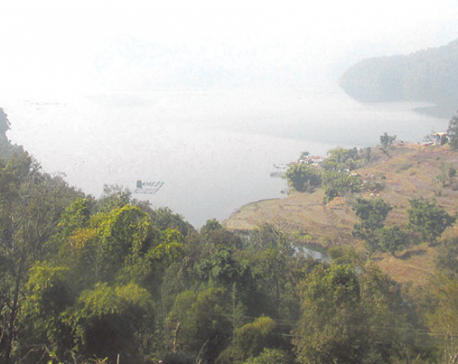
The trail back to Nature
Spending some time amid nature rejuvenates you and gives you a better as well as fresher perspective of the world.... Read More...
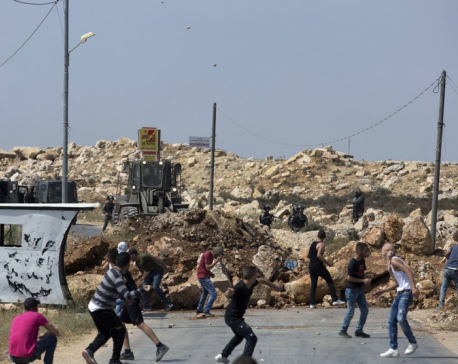
Israel installs new security cameras at Jerusalem holy site
JERUSALEM, July 23: Israel installed new security cameras Sunday at the entrance to a sensitive Jerusalem holy site, as officials began... Read More...

DfID supports WFP for trail reconstruction
KATHMANDU, Oct 25: The United Kingdom's Department for International Development (DfID) has donated British Pound 1.5 million to the United Nations... Read More...


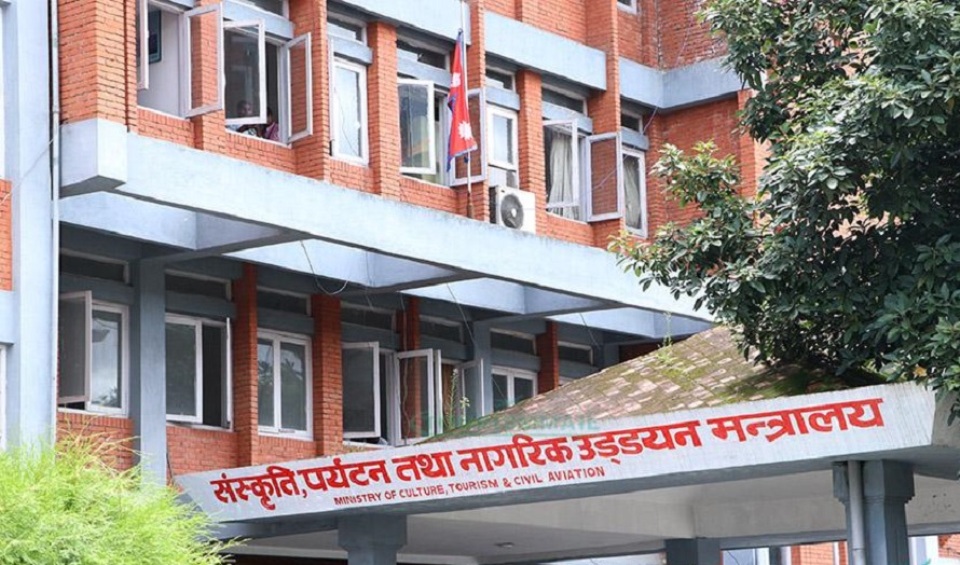



Just In
- Nepal to gift two elephants to Qatar during Emir's state visit
- NUP Chair Shrestha: Resham Chaudhary, convicted in Tikapur murder case, ineligible for party membership
- Dr Ram Kantha Makaju Shrestha: A visionary leader transforming healthcare in Nepal
- Let us present practical projects, not 'wish list': PM Dahal
- President Paudel requests Emir of Qatar to initiate release of Bipin Joshi
- Emir of Qatar and President Paudel hold discussions at Sheetal Niwas
- Devi Khadka: The champion of sexual violence victims
- Nagarik Nayak Felicitation (Live)



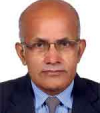
_20240423174443.jpg)








Leave A Comment